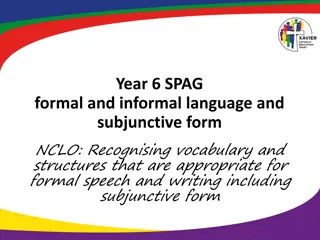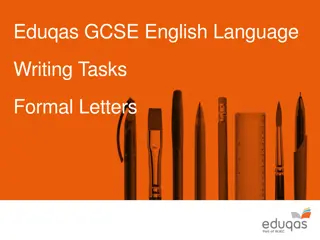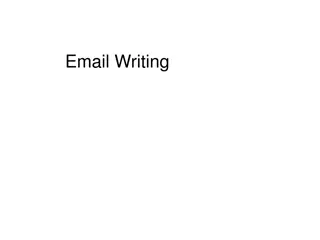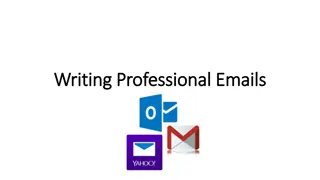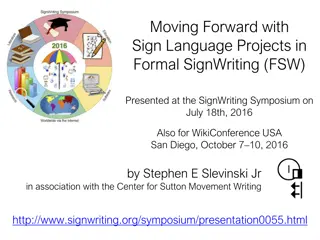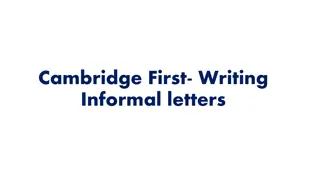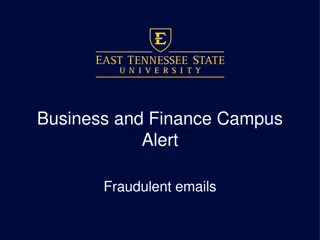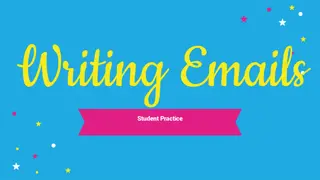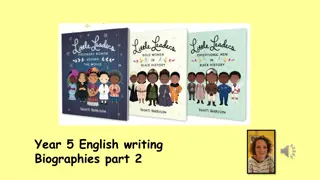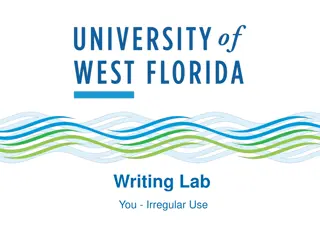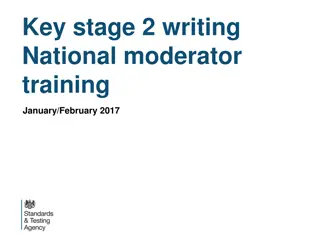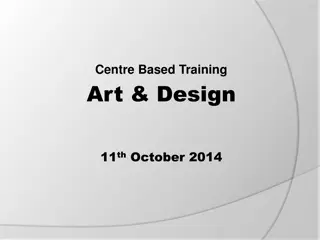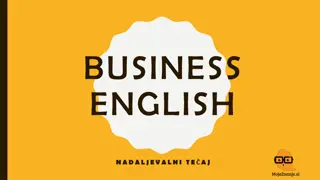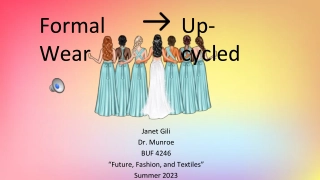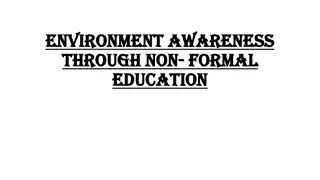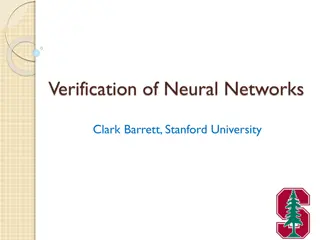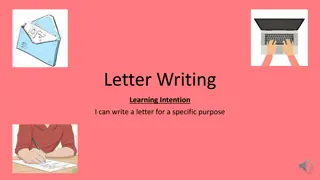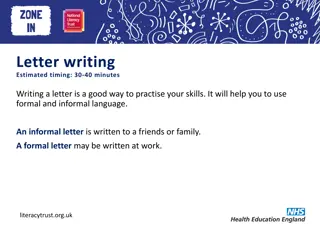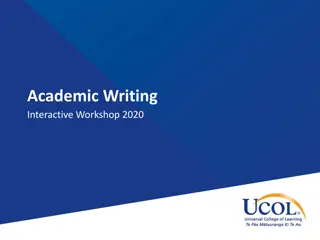Master the Art of Writing Formal Emails
Learn the essential steps to craft a professional and polished email, starting with a proper greeting, stating your purpose clearly, adding closing remarks, and ending with a professional closing. Understand the importance of a Curriculum Vitae (CV) as a powerful tool for job applications, highlighting your skills and experience effectively.
Uploaded on Sep 29, 2024 | 0 Views
Download Presentation

Please find below an Image/Link to download the presentation.
The content on the website is provided AS IS for your information and personal use only. It may not be sold, licensed, or shared on other websites without obtaining consent from the author. Download presentation by click this link. If you encounter any issues during the download, it is possible that the publisher has removed the file from their server.
E N D
Presentation Transcript
Follow these five simple steps to make sure your emails are perfectly professional. Begin with a greeting Thank the recipient (if necessary) State your purpose Add your closing remarks End with a closing
Begin with a greeting If the relationship with the reader is formal Dear Sir, Madam, Dear Mr (Family Name)
State the purpose I am writing to enquire about or I am writing in reference to .or I would like to apply for a job/conference And move to the main text of the e-mail Sentences must be short and clear
Add your closing remarks Thank you for your patience and cooperation or Thank you for your consideration and then follow up with, If you have any questions or concerns, don t hesitate to let me know and I look forward to hearing from you .
End with a closing Best regards , Sincerely , and Thank you are all professional. Avoid closings such as Best wishes or Cheers (friends/family)
What is a CV Curriculum Vitae: an outline of a person's educational and professional history, usually prepared for job applications (the course of one's life). Another name for a CV is a r sum .
A CV is the most flexible and convenient way to make applications. It conveys your personal details in the way that presents you in the best possible light. A CV is a marketing document in which you are marketing something: yourself! You need to "sell" your skills, abilities, qualifications and experience to employers
Your personal Information Name Age Address Telephone (home) Cell Phone (personal) Email
Personal Information Date of Birth Place of Birth Citizenship Gender Marital Status
Education and qualifications Date: secondary technical school Date: high school of .. Date: EPST of Tlemcen Date: diploma ESSA of Tlemcen as enginneer
Work Experience From November ..to June: training at a company Date: summer jobs in . Date:
Other information Computer skills Mastery of languages Arabic,:First language French :written and spoken English: school notions/written and spoken Hobbies:


